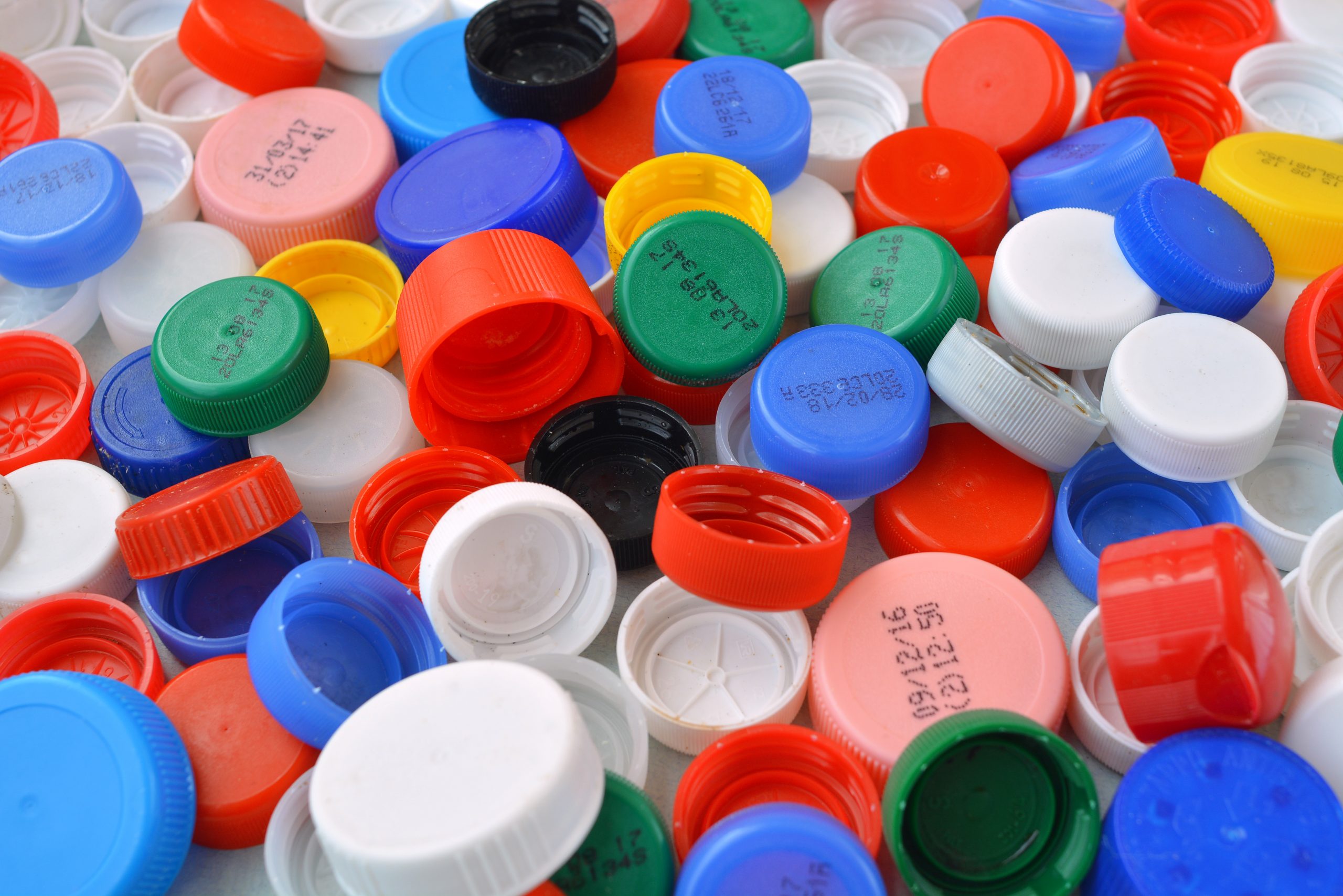
pp

Polypropylene (PP) is a type of polyolefin that is slightly harder than polyethylene. It is a commodity plastic with low density and high heat resistance. It finds application in packaging, automotive, consumer goods, medical, cast films, etc. Its chemical formula is (C3H6)n.
Polypropylene (PP) is one of the most commonly used thermoplastics in the world. Polypropylene uses range from plastic packaging, plastic parts for machinery and equipment and even fibres and textiles. It is a rigid, semi-crystalline thermoplastic that was first polymerised in 1951 and is used widely today in a range of domestic and industrial applications. Today, global demand for polypropylene is estimated at around 45 metric tons and this figure continues to rise exponentially.
- Low Density: PP is a lightweight material, making it easy to handle and transport.
- High Fatigue Resistance: It can withstand repeated bending and flexing without losing its shape or breaking.
- Good Impact Resistance: PP is relatively tough and can absorb a significant amount of impact energy.
- High Heat Resistance: It can withstand temperatures up to 110°C (230°F).
- Good Chemical Resistance: PP is resistant to many chemicals, including diluted acids and bases.
- Translucent: PP is mostly translucent, allowing some light to pass through.
- Rigid and Stiff: PP is a mostly rigid and stiff material.
- Non-Toxic: PP is generally considered safe for use and can come into contact with food and other products.
- Easy to Mold: PP is highly malleable and can be easily molded into various shapes and forms.
- Recyclable: PP is a recyclable material, contributing to sustainability.
- Low Moisture Absorption: PP does not absorb much moisture, making it suitable for applications where moisture resistance is important.
- No Static Electricity: PP does not generate static electricity, which is a benefit in certain applications.
- Good Electrical Insulation: PP has high insulation properties, making it safe for use in electrical applications.
- Produced from Propylene: PP is produced from the monomer propylene, a hydrocarbon resin.